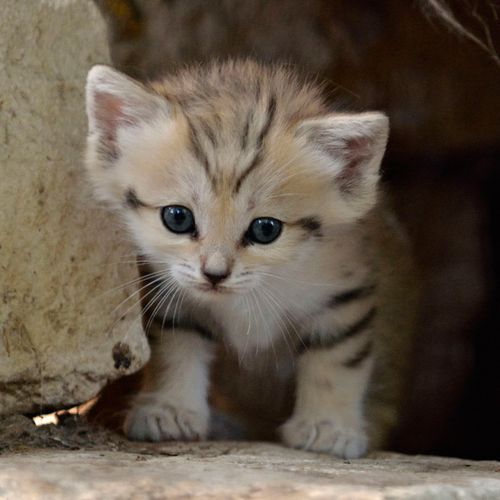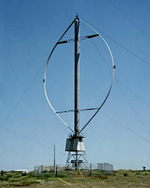Wind turbines are loners. They need to give each other space to be effective. But a new design for wind farms, using a different type of turbines than the giant-fan kind going up all over the place, takes a page from a very social group of animals — schooling fish — to create the same amount of energy with shorter turbines, in a smaller area of land.
These wind farms use vertical-axis turbines, which are often described as looking like egg-beaters. Like an egg beater's blades, the blades of these turbines move around a vertical pole. (More commonly-used turbines are horizontal-axis turbines: Imagine a straight line extending outwards from the middle of the turbine's pinwheel blades to get the picture.)
Vertical-axis turbines are less efficient individually. But they can be placed much closer together than horizontal-axis turbines. If they're placed any which way, that's not an advantage: they'll interfere with each others' operation.
Here's where the schooling fish came in. Schools swim in a pattern that lets each individual fish benefit from the turbulence created by the fish around them. CalTech researchers applied that principle to the design of their wind farm and found that if vertical-axis turbines are placed so that the turbulence that one creates helps propel another one, the farms can be really efficient, creating up to 10 times more power than horizontal axis turbines can create within the same footprint.
The vertical-axis turbines are also much shorter — about 32.8 feet tall. That means they're less likely to disturb valued vistas and to interfere with migrating birds and bats.




